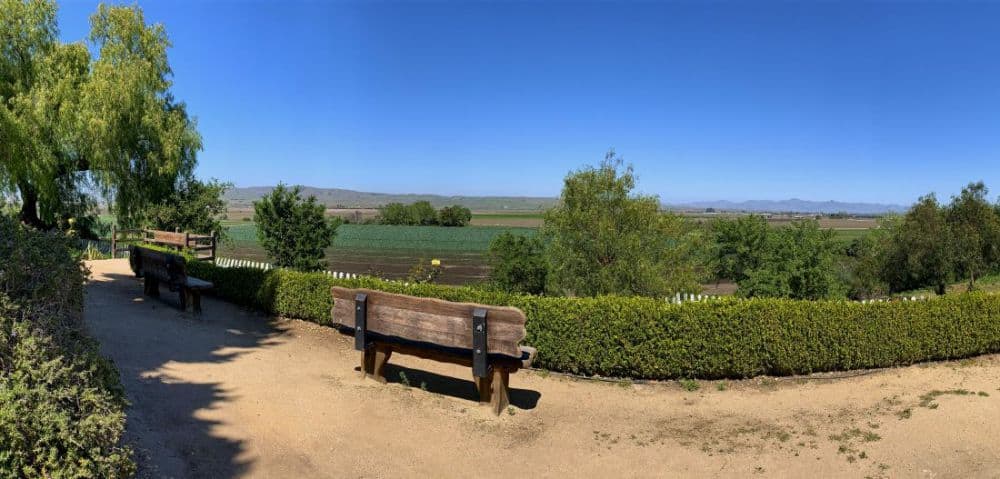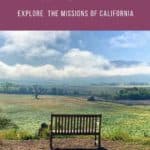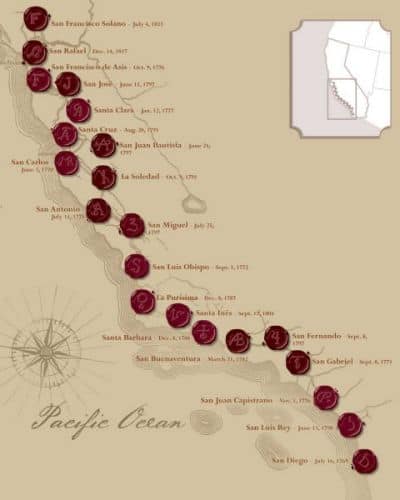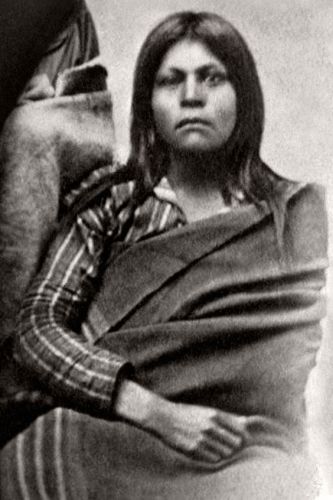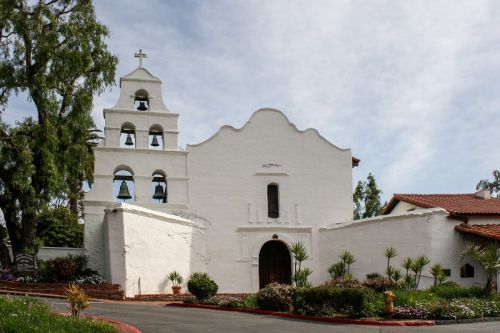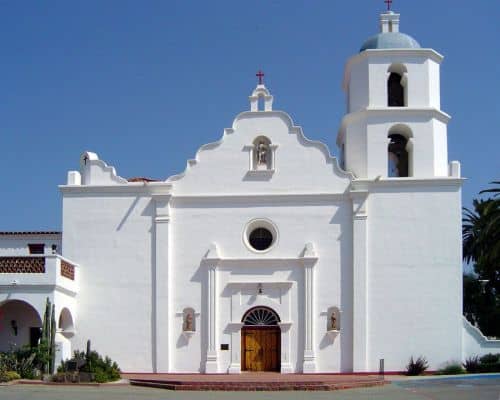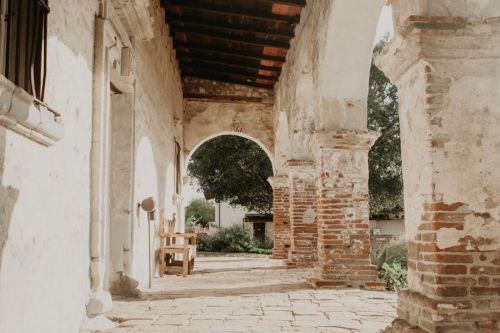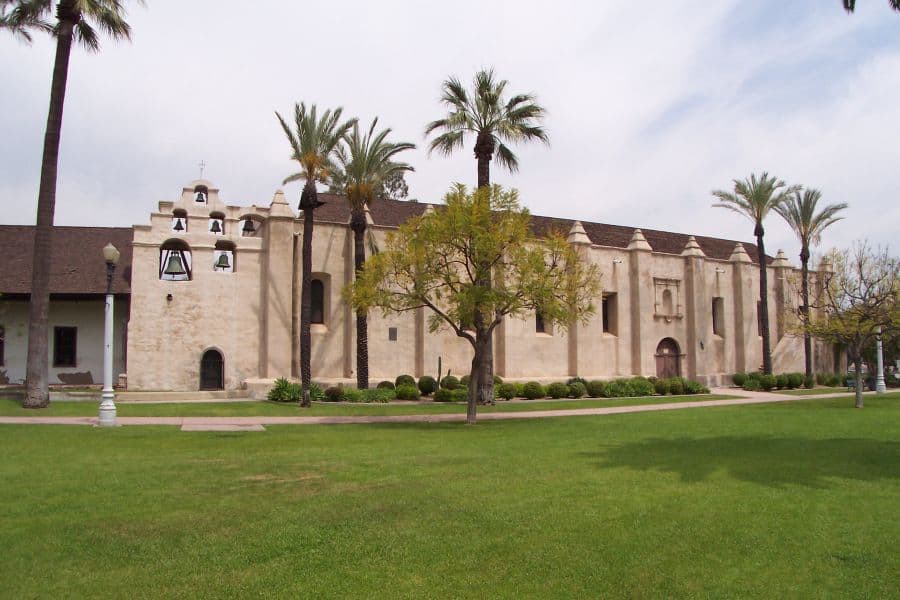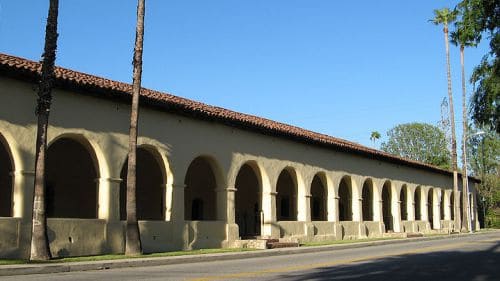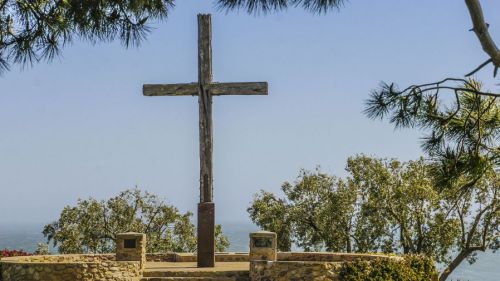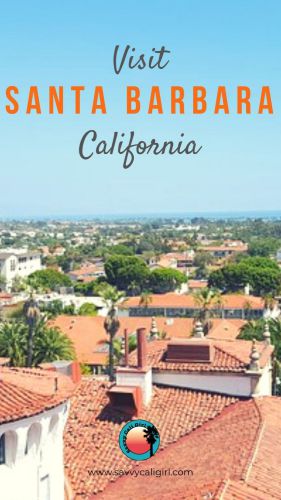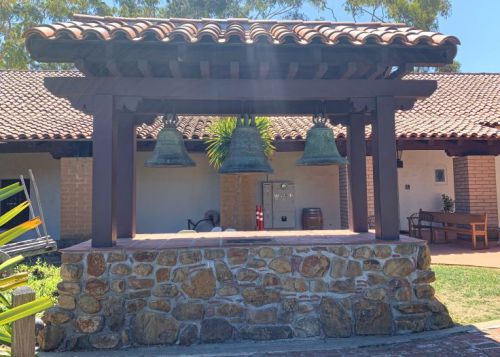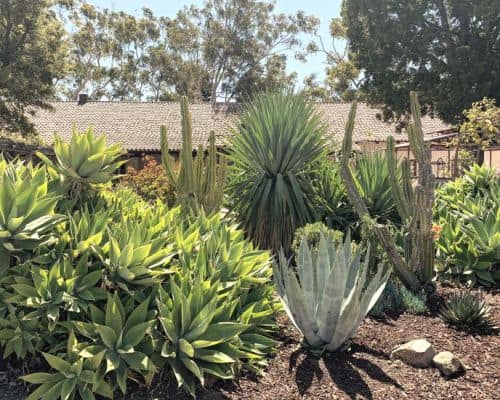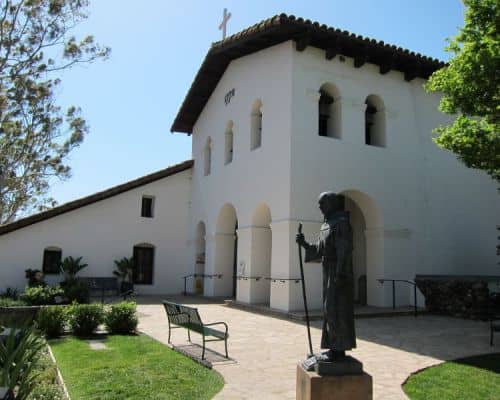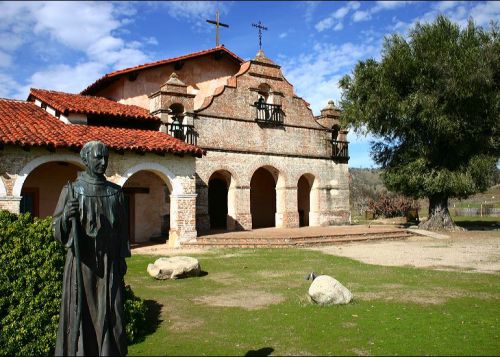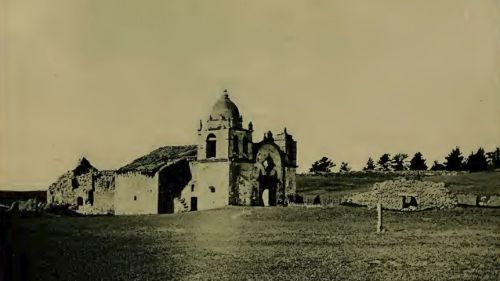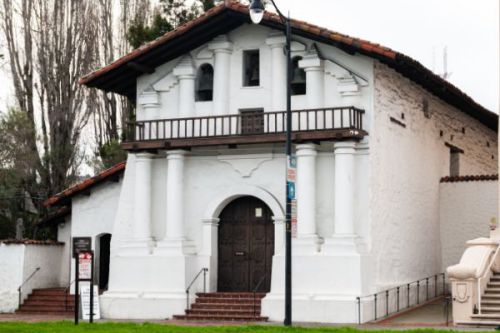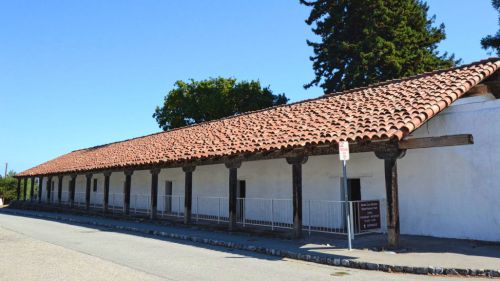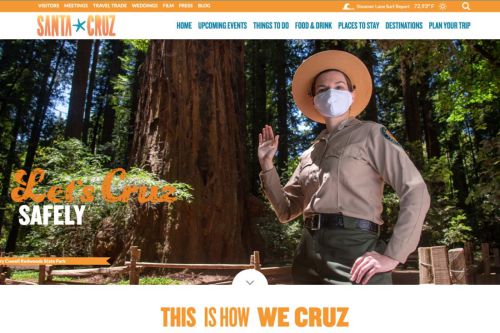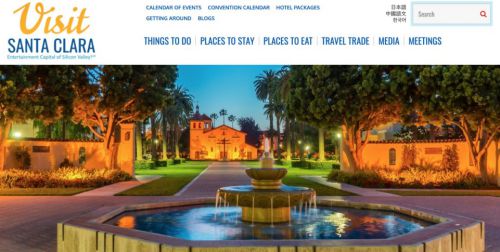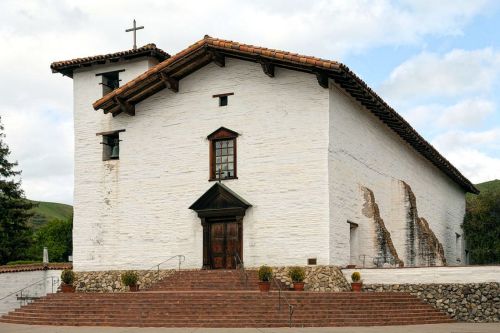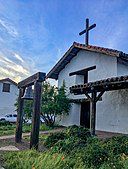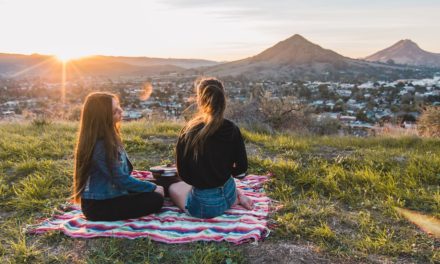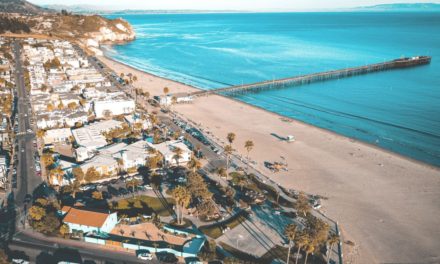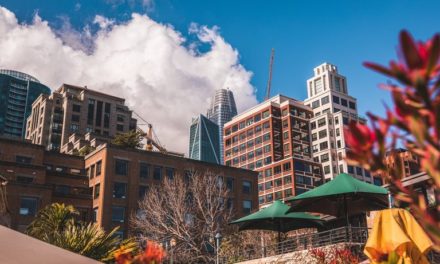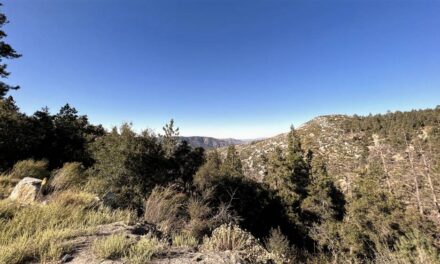If you’ve never visited the California missions, you are in for a treat! They are beautiful, educational and located throughout California. They are an ideal destination to add to any California road trip. Additionally, virtual tours are available online through the California Missions Foundation.
**Disclaimer**
The businesses and events highlighted are in no way a “Best Of…” list. They are simply places and activities our Savvy Cali Girl contributors have deemed worthy of a shout out. If you want us to tell our readers about your favorite place, tag us with #scgplacestogo and we’ll catch you next time we come through town! All images are the property of the Savvy Cali Girl Blog unless other attributes are noted.
The Fourth Grade California Missions Project
Students across California learn and create projects based the California missions. In addition, since the mission locations stretch across the state from San Diego all the way to San Francisco, most students are within a car ride to a mission in their area. As a result, many students enjoy field trips with their class in fourth grade.
Both of our children recreated a mission in fourth grade and took a field trip to Mission San Diego de Alcalá. On top of that, we also took the opportunity to visit San Juan Capistrano since it was a nice day trip from San Diego.
Personally, I enjoyed helping with their projects, going on field trips and having a little extra family trip. It was a bonding opportunity. It also doesn’t hurt that the missions are gorgeous places to visit and the weather is generally cooperative at that time of year.
If you are unable to travel to each of the missions, you can also visit each of them virtually. The link provided here is to the California Missions Foundation which provides virtual tours.
Native American History and The Establishment of the California Missions by the Spanish
I would be remiss if I left out the more difficult history of the California missions established by the Spanish. In most cases, native American populations resisted the occupation of the Spanish. In fact, many missions were relocated after they were established. The new locations could be fortified against attacks from the local Native American tribes.
The missions were ravaged by disease as working conditions for the people of the tribes were usually atrocious. Activists try to accurately portray the true cost of the Spanish missions in California, including atrocities by the Spanish and the Franciscans.
“A photograph of a Native American woman, believed to be Juana Maria, who was the last surviving member of her tribe, the Nicoleño. This photograph was found alongside a picture of Maria Sinforosa Ramona Sanchez, wife of George Nidever, with whom Maria had lived while at the Santa Barbara Mission.” Source: Wikipedia Commons.
The Gardens of the California Missions
Most missions today have gardens with flowers, climbing vines, and ornamental trees. When the missions were initially established, gardens referred to in journals were, in actuality, nearby farms used to sustain the mission inhabitants.
While many visitors today enjoy gorgeous blooms and overgrown trees in quaint courtyards, the missions of the 1700’s experienced drought challenges. In fact, they didn’t even drill wells but instead constructed dams and aqueducts, hence their vulnerability to the climate. If you ‘d like to know about the horticultural history, Gardens of the California Missions by Tom Brown, is an excellent resource and linked here for you.
To illustrate, Cardinell-Vincent Company of San Francisco, distributed actual photographs as sepia toned postcards from the late 1800’s and early twentieth century. They illustrate the true austerity of the missions. The link here will take you to a full gallery of them.
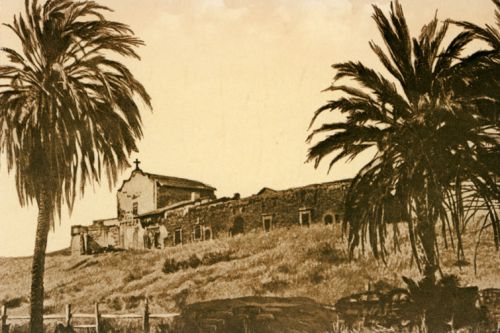
California Missions of San Diego and Los Angeles
Clearly, Southern California missions are among the most beautiful but I am quite biased honestly. They hold fond memories with my own children. On top of that, the weather is usually perfect for wandering the grounds of any of the missions.
San Diego de Alcalá
Located the furthest south of any of the sites, this mission is the earliest of the sites as well. Established in 1769 by Father Junipero Serra, the Spanish envisioned a chain of sites throughout the region. In this way, they spread their faith, political influence and overall territory.
The most prominent feature is the campanario, a wall forty-six feet high, holding five massive bronze bells. Mater Dolorosa is the largest of the bells and weighs 1,200 pounds!
Today, the parish is still active and the historical elements are well preserved for visitors. Even the room where Father Junipero is original, surviving native american attacks and natural disasters.
King of the California Missions, San Luis Rey de Francía
The church at San Luis Rey is best known for its wooden cupola and dome, letting light stream in. The very first pepper tree is also planted at this site, brought from Peru in 1830.
California Mission San Luis Rey de Francía was established by Father Lasuén in 1798. Affectionately called the “king of the Missions,” its land size boasts three times that of other missions. In addition, it had a large population and prodigious crop production.
Interestingly, it is one of only two Franciscan missions, the other being Mission Santa Barbara.
San Juan Capistrano
Mission San Juan Capistrano is famous for a few different reasons but primarily the home of the annual cliff swallows migration. The birds return each spring from South America.
The mission is named for the 15th-century Franciscan, St. John Capistran. The chapel is the oldest standing building in California and contains a beautiful cherry altar from Barcelona.
Today, there are tours, a cute coastal city filled with shops and eateries, surrounds the mission. You can spend the day walking and never see your vehicle again until the day is done.
With spring in the air, check out the Mission San Juan Capistrano Facebook. As you can see, the courtyard is in full bloom!
Mission San Gabriel Arcángel
Found in 1771 by Father Serra, Mission San Gabriel Arcángel lies just east of downtown Los Angeles. The design of the mission is based on the Cathedral of Cordova in Spain.
This mission was incredibly productive and supplied many other missions throughout California. It is still a working and active Roman Catholic church.
San Fernando Rey de España
Father La Suen founded this mission in 1797. It was located between coastal San Buenaventura and San Gabriel further inland. As a result, it was a waypoint for travelers and provided a safe, comfortable place to stay.
Mission Basilica San Buenaventura
This site was found in 1782 in what is today Ventura, California. In June 2020, it was elevated to a minor basilica. All that remains are the church and the gardens which overlook the Pacific Ocean.
In all honesty, have you ever seen such a beautiful panorama for a proposal or engagement photos? In any case, a stop here along your road trip would be phenomenal.
Central California Missions
The missions of Central California are located among some of the most beautiful locations along the coastal corridor. The views are endless and the drives scenic. It is worth the cost of a rental car to cruise this region of California and explore the California missions here. If you take a road trip, the Central California coast is a must!
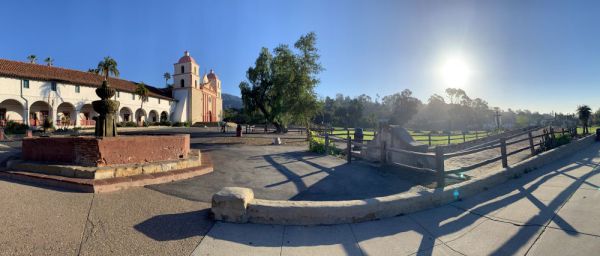
Santa Bárbara, Queen of the California Missions
While you may easily recognize Santa Barbara architecture, there is actually a mission located there with tremendous views. It was established in 1786 by Father Lasuén and is know as the “Queen of the Missions.” It eventually became the headquarters for all of the California missions.
The mission has a massive water treatment system pictured below. Originally built by the Chumash Indians under the direction of the Franciscans, it is still in use today. This site experienced extensive development in and around the mission, including presidios, the harbor and in later days educational institutions.
Today, this California mission is located right off the 101 freeway, close to all the attractions on State Street. We were there quite early and caught the sun peeping over the eastern hills. It was peaceful and an opportunity to reflect before the busy noise of the day began.
The Town of Santa Barbara
Take time to visit the nearby town of Santa Barbara. You can learn more about State Street and what is available in and around the area with our post, Santa Barbara, Stroll Down State Street: Eats & Treats, Things To Do and a Boutique Hotel Stay.
Want to spend a long weekend in just this one zip code? Why not take advantage of Santa Barbara as a destination in and of itself? Without a doubt, the proximity to other coastal cities is a huge advantage since you spend less time packing and more time just enjoying activities.
Santa Inés, A Favorite Among the California Missions
Located near Solvang and popular California wine regions, Mission Santa Inés, is now restored thanks to a grant by the Hearst Foundation. The site was originally a waypoint for travelers along the Central California Coast among the missions.
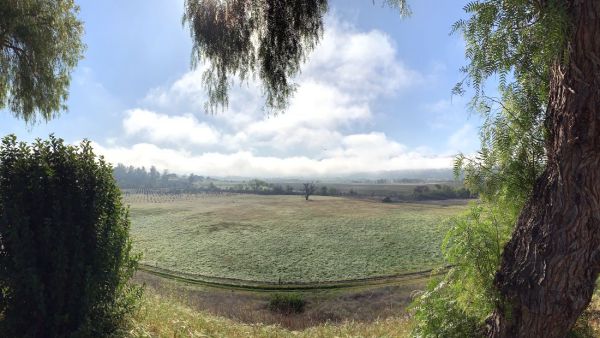
If I could stop for a quiet picnic at a mission, Santa Ines would be my choice. Why? They have a gorgeous view of the valley, shade trees, and ample parking.
I particularly enjoyed the peaceful walkway with benches. I was there in the morning when the dew was shaken off the pepper tree leaves by gentle breezes. It was like a light sprinkle and felt like a small blessing for the upcoming day.
Clearly, it was a moment of zen at the onset of a long drive north.
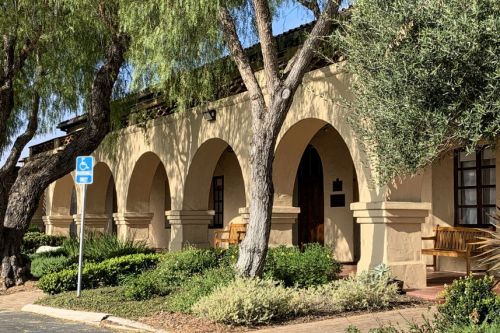
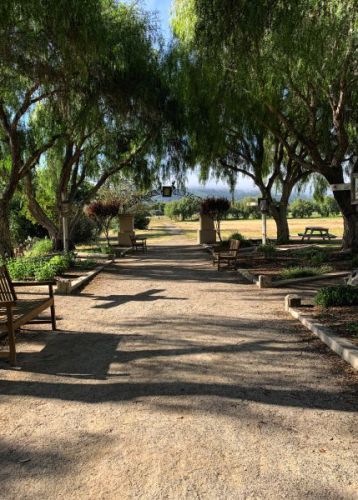
La Purísima Concepción
The Mission of La Purísima Concepción was founded by Father Lasuén in 1787. Marked by earthquakes and revolts, It faced challenges like many of the other missions. Located in Lompac, it is a linear architecture instead of the standard square configuration.
In addition, it is actually one of the very few California missions that do reenactments. Oddly, after extensive renovations, a dedication was held December 7, 1941, an infamous day in American history.
La Purisma Concepcion is a quaint mission, hidden away across a little bridge. You’re greeted by two massive ambassadors (a pair of very large pigs) who seem quite happy to see you. I didn’t venture too close in case I was misreading their seemingly happy snorts. Now, in the distance, you can clearly see the terracotta colored building.
Unfortunately, we weren’t able to enter due to covid restrictions, but they do offer a QR code for a 360 virtual tour which is helpful. There is also a visitor center located in the same parking area. Again, we were not able to enter, but many hikers were heading out as explored this area.
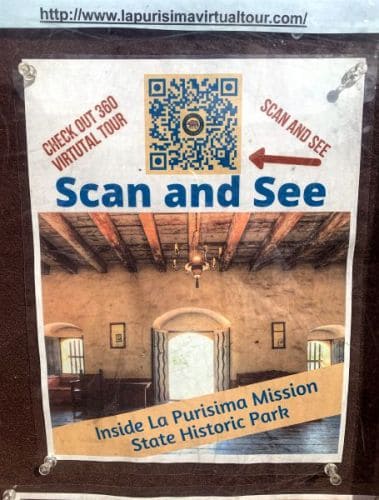
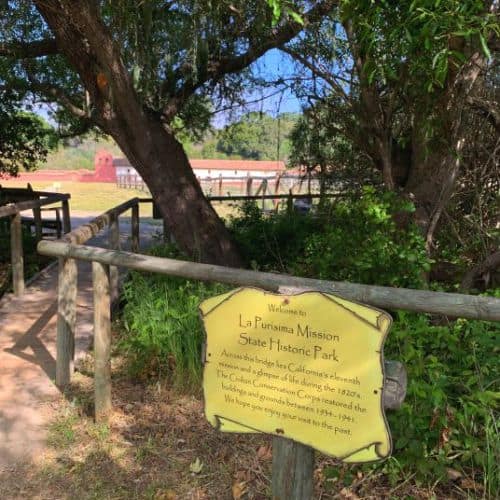
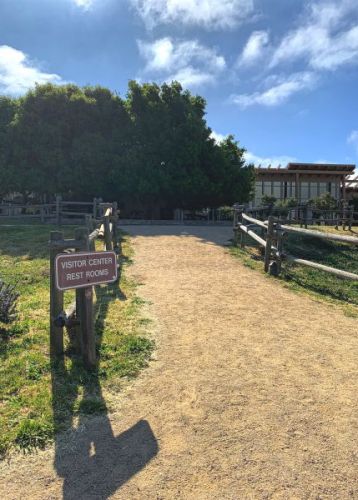
Mission San Luis Obispo de Tolosa
The Mission San Luis Obispo was founded in 1772 by Father Junipero Serra and is one of the only missions still stands on its original site. It has undergone many different renovations by different groups since it was established.
Today, though, it sits at the center of downtown San Luis Obispo, restored structurally and reflecting an architectural style more representative of its history. I was expecting a large site but it actually seemed rather small in comparison to places like San Diego or Santa Barbara.
Since our trip was during spring, we actually stopped to enjoy our lunch in their courtyard which was in full bloom. I must admit I indulged in photos of the blooms and neglected to remember to catch the front of the mission!
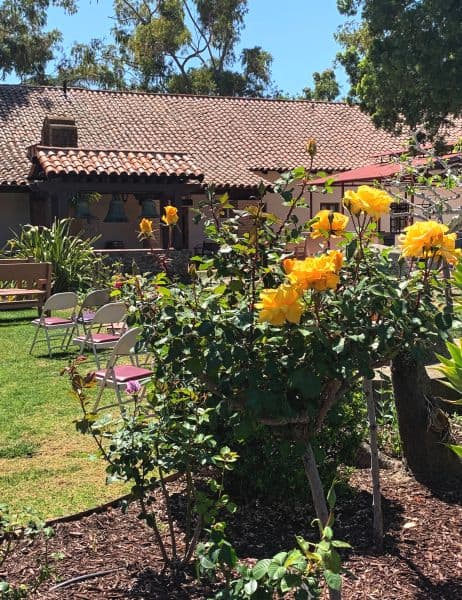
The Town of San Luis Obispo
If you have the time, San Luis Obispo boasts a treasure trove of activities. There are any number of outdoor activities from hiking to kayaking but also a huge variety of wineries and restaurants in and around the area.
One of our most popular posts provides an in-depth look at the town from the point of view of a potential student at Cal Poly, How to Decide if Cal Poly, SLO is the Right School for You. Another post, San Luis Obispo, California’s Hidden Gem: Places to Eat, Sleep & Play, takes you through additional interesting locations.
San Miguel Arcángel
Wow! I have to admit, I was not expecting such a beautifully restored mission when we pulled off the freeway. Truly, just off the exit with nothing much else in sight, lies the church and mission buildings. I wish I could have toured the buildings and enjoyed the serene courtyard. Indeed, COVID restrictions limited us to the parking lot running the length of the site.
Father Lasuén and Father Buenaventura Sitjar founded the mission in 1797. It features some of the most beautiful interior spaces of the California missions.
Unfortunately, earthquakes continue even into the recent the 21st century, requiring repair and restoration. The last restoration was done by the California Missions Foundation and a source of much the historical information referenced in this blog post.
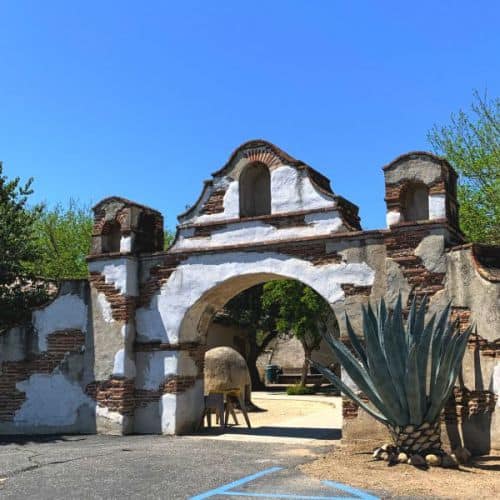
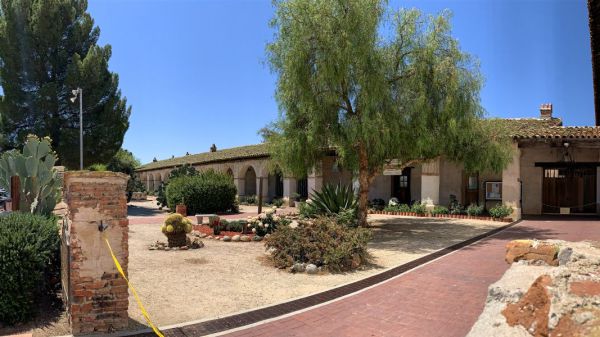
Mission San Antonio de Padua
Father Junipero Serra founded this mission in 1771. Mission San Antonio de Padua is a rather remote location in comparison to many of the other missions. Hence, we were unable to visit in person on this trip.
Today, it is an operating parish, retreat and historical site for visitors. There is a lot see and experience here, much of it, as it was used in the past.
Nuestra Señora de La Soledad
Founded in 1791 by Father Lasuén, Mission Nuestra Señora de La Soledad is located in Soledad, California. During its development, the mission was ravaged by floods from the Salinas River. It lay abandoned for nearly a century. Eventually, in the 1940’s it was sold back to the Catholic church who began restorations with the help of Native Daughters of the Golden West.
Now, Mission Soledad was closed on the day we were road trippin on the 101 unfortunately. It is a good reminder to check any special destinations for their hours of operation. While this wasn’t entirely out of the way, some of them are not as conveniently located. In any case, Soledad is in a rather rural farming location with rows of lettuce as far as the eye can see.
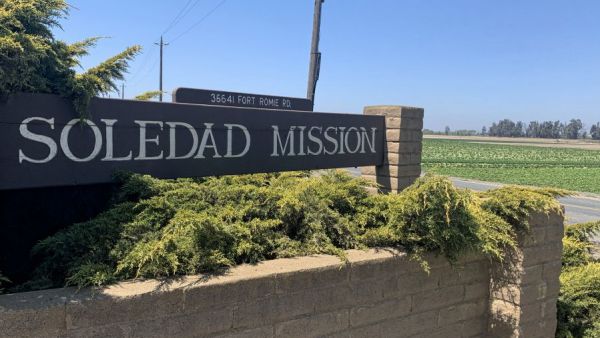
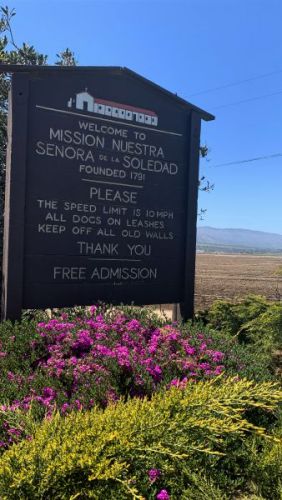
Northern California Missions
The scenery really does change from rolling hills and sprawling scenery to truly green, misty valleys. Again, the views are stupendous with terrific cities to explore along the way like Santa Cruz and San Francisco. To be clear, I was not able to visit each and every site personally but wanted to add history even for those I did not visit on this particular trip. The post will be updated as California continues to open after the COVID closures of 2020 and 2021.
San Carlos Borroméo de Carmelo
San Carlos Borromeo de Carmelo was founded in 1770 by Father Serra. Interestingly, it is the only mission with its original bell tower and bell. It is commonly referred to as the Carmel Mission today.
The oldest residential dwelling in California, the Carmel mission Orchard House was built circa 1774. In addition, there are four museums and/or exhibits on the site. The image displays how remote most of these locations were at the time.
Mission San Juan Bautista
Located just off the 101, visiting this mission is easy and convenient. Normally, there are museum exhibits and a gift shop but they were closed temporarily until health restrictions are lifted.
With a state park also situated here, it is a nice place for a break from the road. Cruise through old time saloons, the mission exhibits or the cute downtown area. There is ample parking and a variety of options for all ages.
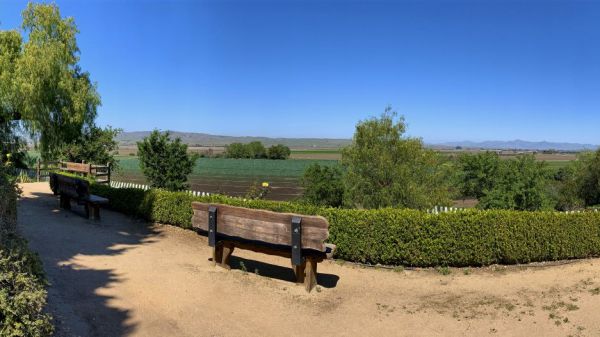
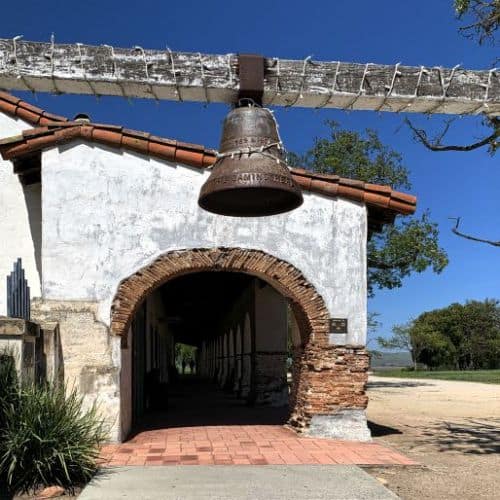
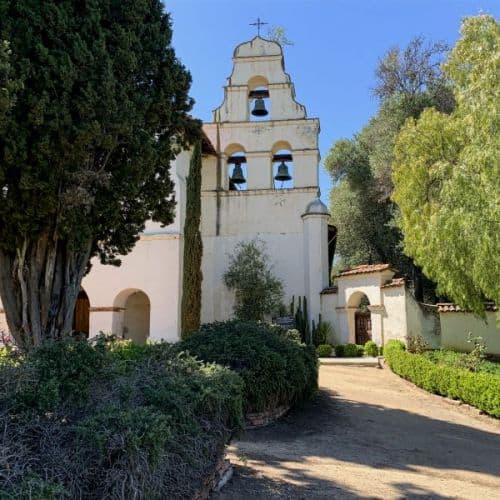
San Francisco de Asís, California Mission Dolores
Located in the Mission District, the San Francisco de Asís mission is now referred to as Mission Dolores. “Mission Dolores” is thus named for a nearby creek.
In addition, it is the oldest surviving structure in San Francisco, founded in 1776 by Father Francisco Palóu. This mission and its accompanying basilica remain at the heart in the city San Francisco.
Mission Santa Cruz
Founded in 1791, Mission Santa Cruz was flooded early on by the San Lorenzo River. Consequently, it was rebuilt on a hillside overlooking the river.
Due to natural disasters, revolts and attacks by multitudes of groups, the only surviving original structure is a building which served as housing for Yokut and Ohlone Native American families. Today, there are replicas of buildings and lots of events held here.
While I was unable to visit several missions due to time constraints on this road trip, Mission Santa Cruz is part of my future California bucket list. I hope to explore the site and especially the city of Santa Cruz itself. Feel free to drool over the images from the area or get excited about so many activity options via the Visit Santa Cruz County Website.
Santa Clara de Asís
This mission also suffered from earthquakes, fires, and floods. As a result, it also relocated from its original site established in 1777. In 1851, a college was created at the mission site, the only mission to do this by the way, becoming Santa Clara University.
Because this mission is located on campus, access is limited and photography not possible at the moment. The best photo I found was actually on the Visit Santa Clara website which is linked here.
Mission San José
I truly wish there was time to visit Mission San José in person as there were few current resources. Certainly there is a great deal of historical information however.
Initially, it was quite successful but an earthquake destroyed a majority of its buildings. Today, the church is one of the most authentic restorations in California. Hence, the opportunity to explore this site further is undeniable.
San Rafael Arcángel
Nestled within the town of San Raphael, lies Mission San Rafael Arcángel. Today, it has an active parish and school. The site was originally founded in 1817 as a hospital. It offered better rehabilitation due to the East Bay climate versus nearby missions.
While it is an incredibly compact site, there is still room for gorgeous blooms all along its perimeter. In addition, I fell in love with pink hue of the church and several other buildings.
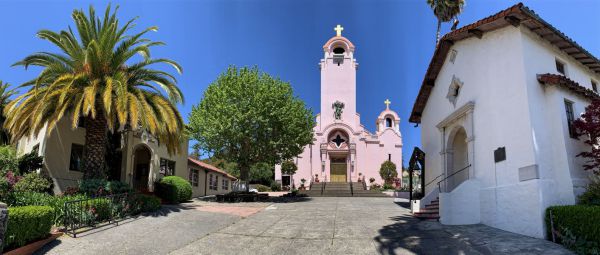
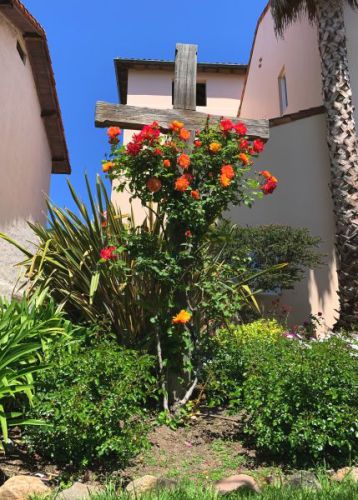
Mission San Francisco Solano
In 1823 in Sonoma, the last mission was established. Originally, the site was supposed to be the new location of Mission San Francisco de Asís but the approval was denied. Instead, an entirely new mission was created.
Resources for More Information About California Missions
I listed a few resources below. If you’re doing the fourth grade mission project or want to dig deeper into the history, they may help you.
missionscalifornia.com
Pentacle Press offers this website as a resource for students, their parents, teachers and visitors.
californiamissionsfoundation.org
The California Missions Foundation objective is preserving and protecting the missions.
californiamissionguide.com
This site is a travel site with links to others. They have resources for visitors but also for teachers and students.
Let Us Know Your Experience!
If you visit the California missions, feel free to add your experiences about the missions or the area in the comment section below. While a short trip through California certainly has many options, any site could be added to virtually any itinerary.
The search function of the blog will also allow you to find information for a particular destination or activity. Browse and save to your Pinterest board or other social accounts for future reference. Whether you are a mobile user or on the desktop or tablet, that function will help you find what you need quickly.

